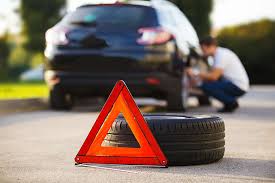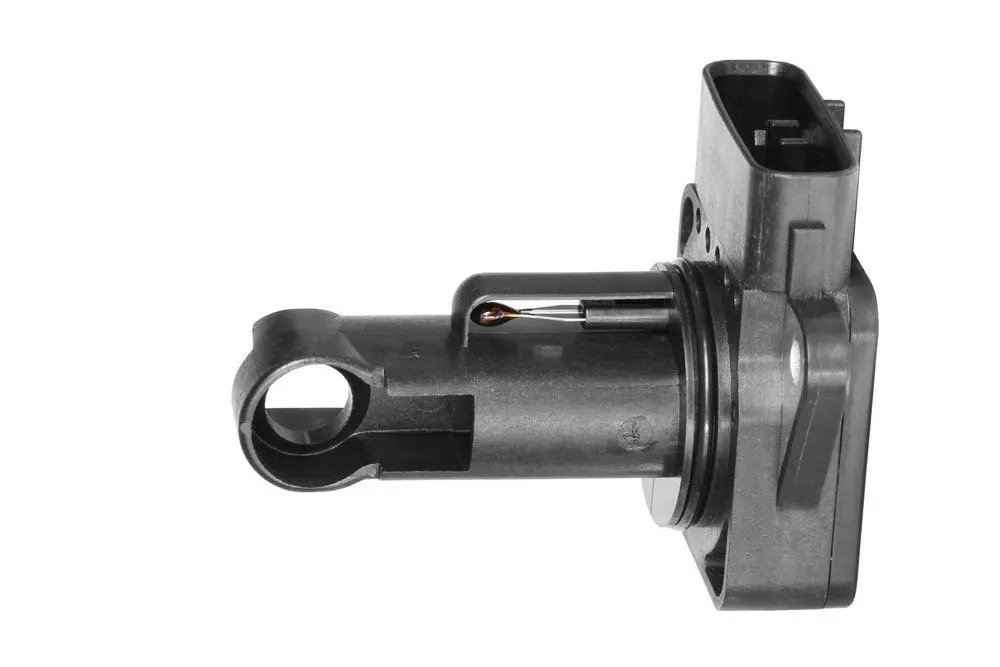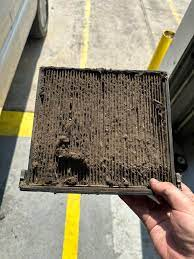Posted on 2/18/2025

When Your Vehicle Goes Into Limp Mode A drivers worst nightmare may be when their vehicle goes into safe mode or what repair shops call Limp Mode. Your vehicle may go into limp mode when something is wrong mechanically. Usually its serious and that is why the vehicle power is being limited. Going into limp mode allows you to drive a short distance, hopefully to a reputable repair shop like One Stop Automotive. Limp mode typically limits engine rpm, power output and driving speed by keeping the transmission in a lower gear and it will usually shut off the air conditioning. The vehicle does this to help prevent severe damage to whatever system is malfunctioning. A couple of the most severe cases would be related to the engine or transmission. Going into limp mode is surely not good, but it can help keep you from being stranded if you are only going a short distance and hopefully keep repair costs at a minimum. If your vehicle does go into limp mode you may s ... read more
Posted on 1/24/2025

Save Yourself From Breakdowns And Headaches Breakdowns, are rarely inexpensive, always inconvenient and definitely stressful. Murphys law does not always apply to breakdowns, but it sure seems like it. Its more likely to be the law of, "poor maintenance". If having a breakdown, make sure to get as far off the road as possible. Sometimes you can have a breakdown with no warning, and the vehicle just stops. If safe to do so, put out some road flares or reflectors. At the very minimum you should have a plan. Every year, 1 in 3 people will have a vehicle breakdown. This is usually due to poor vehicle maintenance. With the rise in vehicle prices, many people are choosing to keep their cars and trucks longer, more than 10 years even. Dead batteries, overheating, or even blown or flat tires can be preventable. At One Stop Automotive, we perform a courtesy vehicle inspection on your vehicle during normal scheduled services. This includes checking tire conditio ... read more
Posted on 8/8/2024

At One Stop Automotive we can help you get to the bottom of things and can get the mass airflow sensor working the way it is supposed to work. What is a Mass Airflow Sensor? The mass airflow sensor is located near the air filter and is an important part of the fuel injection system. It is designed to measure the volume of air flowing into the engine intake. This is very important because it regulates the air/fuel ratio mix for the engine. Signs of Failing Mass Airflow Sensor (MAF) 1. Check Engine Light (CEL/MIL): The check engine light is the first indicator of component failures. The warning light on the dashboard will illuminate to alert you of vehicle system issues. In this case you would usually get a code for a failing MAF. The issue may be caused by the sensor itself failing, bad wiring due to rodent damage or a few other things. When you have a Check Engine Light It is important to take the vehicle to One Stop Automotive for a diagnosis so this issue can be resol ... read more
Posted on 2/27/2024

One of the most overlooked items on a vehicle is the cabin air filter. Cabin air filters are installed in your vehicles HVAC system and are designed to filter dirt, pollen and other disgusting things out of the air that you and your passengers breath inside the vehicle. They should be inspected at every oil change and changed every 12,000 miles or once a year. If neglected the filter becomes filled with debris and restricts the airflow, and less airflow means the cabin cannot be heated or cooled efficiently. A clogged filter also creates back pressure for the blower motor, making it work harder and contributing to possible premature failure. Most people think these filters are checked at every service when the vehicle is in the shop, but the truth is, many of these cabin filters are hard to access so shops with poorly trained employees may miss or skip this step. If you have asthma or other respiratory problems, it is imperative that these filters be changed ... read more
Posted on 10/26/2023
Arguably a vehicle’s most important safety system is its brakes. Specific components, including brake pads, shoes, rotors, drums and brake fluid are maintenance items that need regular replacement. A pulsation or shaking during braking can be a strong indication that the brake rotors are warped from excessive heat caused by extended or hard braking. It is important to change brake fluid every 20,000 miles or 2 years. As brake fluid ages, it begins to corrode parts such as brake lines, calipers, caliper pistons, and wheel cylinders. It can cause the ABS light to come on and will ultimately lead to reduced braking performance. It is not uncommon for the braking system hardware to move, become dislodged or even break. In Very basic terms the hardware is what holds the brake pads or shoes in place. This is very common on vehicles with drum brakes, but still happens on disc brakes. Modern braking systems are more complicated than the old ones, they include sensors, compu ... read more